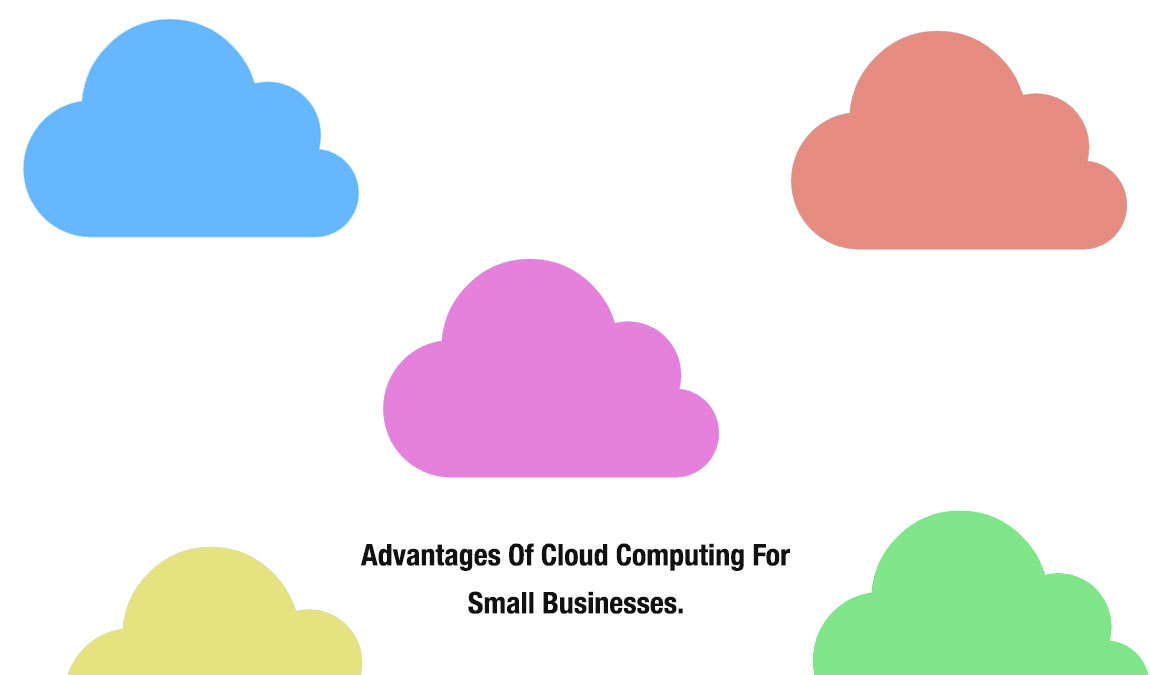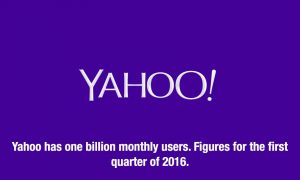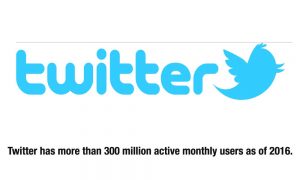The advent of the Internet changed the way computers operated. In the early era of computing, large computers were beyond the reach of average users. Access to the computer was time-consuming and involved a lot of waiting. Users punched their programme instructions and waited for the results. Corrections too took considerable time. And the required software was not readily available.
Computer time-sharing gave the benefit of accessing the machine to a large number of people in the 1960s, and 1970s. The services offered occurred covered a wide range from word processing to printing. Time-sharing companies maintained central computers, serviced them and ensured rapid access to data. IBM had, in fact, developed technologies that let multiple users share a single machine.
The emergence of personal computers in 1981 knocked out timesharing and mini computers. Inexpensive PC-based packages and cheap servers almost replaced mainframes. The price of software dropped. New PC-based system became popular. Users were made responsible for their software installation and maintenance. And, computers became user-friendly.
In the mid-1990s, students at Stanford became interested in the old time-sharing technique. Powerful central computers, the emergence of vast databases for search and social networks, economical data storage and super-fast broadband links to multimedia sources led to the idea of cloud computing. The trend is supported by the proliferation of notebook computers, tablets and smartphones. Connections from the Internet are increasingly being made available. Once again, personal computers go well with sharing common resources. Observers describe the trend a return to computer time-sharing, which is justified on grounds of economies of scale and professional management of hardware.
The personal computer is a legacy with an operating system designed 30 years ago. A new wave of innovations is sweeping computers today. It is called computing which essentially means storing data online. Three recent trends have contributed to it: One, massive spread of smartphones; two, widespread broadband access; and three, high-speed connectivity. The cloud or the remotely located computers and servers will address the challenges posed by the recent trends in data handling. In fact, cloud computing is already in use in Hotmail, Gmail, online games and universal Music and Flickr (image and video hosting website).
Cloud computing assumes that everything you need in a computer is available online. There is no need for you to own the IT infrastructure to host databases or software, just as you do not have own electricity generator all the time but rely on a common supplier. A third party hosts the data bases in its larger server farms. The trends that favour cloud-based computers are: proliferation of mobile device that store data online; increase in the number of Internet and social media empowered users; and the scope for every user to have scalable but nearly infinite resources.
The sheer volume of data in many sectors favours cloud computing. Biomedical research, aeronautical engineering and telecom and pharmacy sectors are extremely data driven. Several enterprises are spending almost one-third of their IT budgets on storage.
Several Advantages
Cloud computing has several advantages: First it is cheap in terms of reduced hardware and storage requirements at your place. It is perfect for start-ups as they can reduce their infrastructure investments and adopt a pay-per-use mode. Second, there is no need to constantly upgrade software or keep a backup. Latest software and infrastructure offerings would be available to businesses. Most cloud-based systems use infrastructure software with hardly any intervention by service providers. Third, the cloud takes care of installing antivirus programme. Fourth, it is scalable, as the user demand grows.
There is no need to pay for idle computing resources. Users can access only the resource they need for a particular task. It is seen as IT as-a-service, especially useful for mobile devices. Those who worry about anonymity of data are assured that the data will be encrypted by default before being sent to the cloud. Even the smallest businesses can have the benefit of a world class IT system.
By 2000, the growth of the Internet demanded more and more data storage. Google came out with its Gmail in 2004, with considerable storage capacity. Free Gmail storage per account has been hiked to 15 GB. In 2012 Gmail was reported to have a total of 425 million users. Google doc moved user’s documents into the browser, without any need for backup to a hard device.
In 2008, Google App engine allowed users to upload Java for use in any desired medium. In May 2014, Gmail became the first app on the Google Play Store to hit one billion installation on Android devices. The share of a user’s computer is increased as needed. The idea of rentable storage of data allowed users to bid for unused capacity of big firm such as Amazon.com. A cloud-based computer system, Google’s Chrome, describes the features of the new style of computing.




















